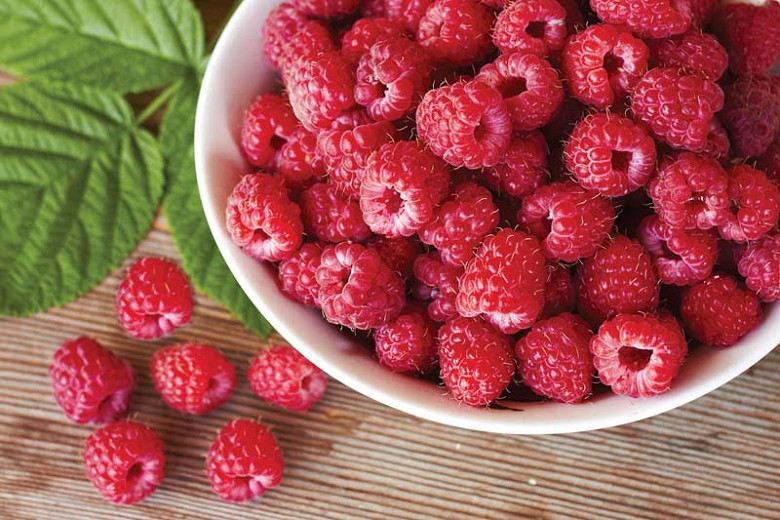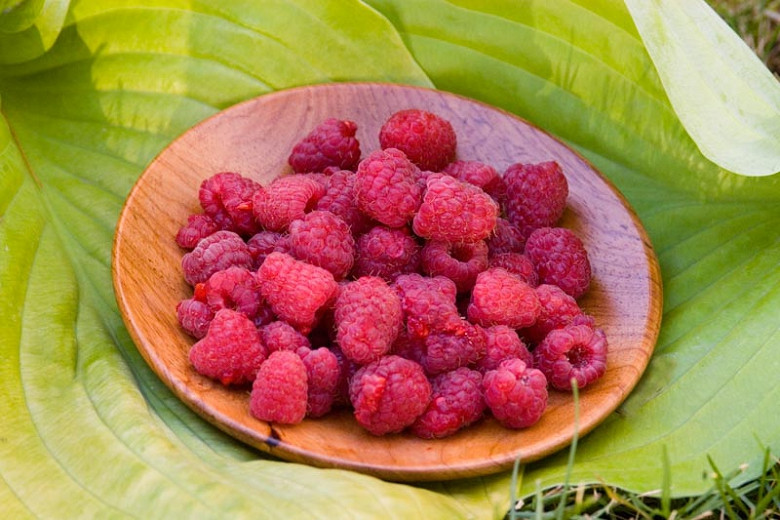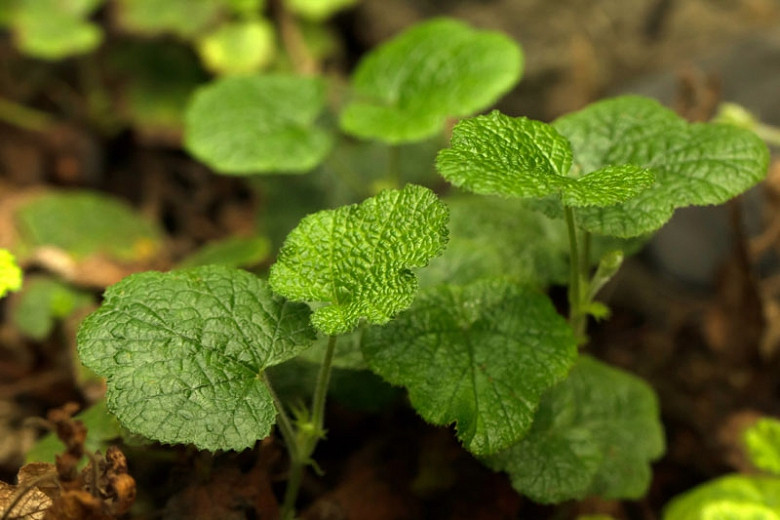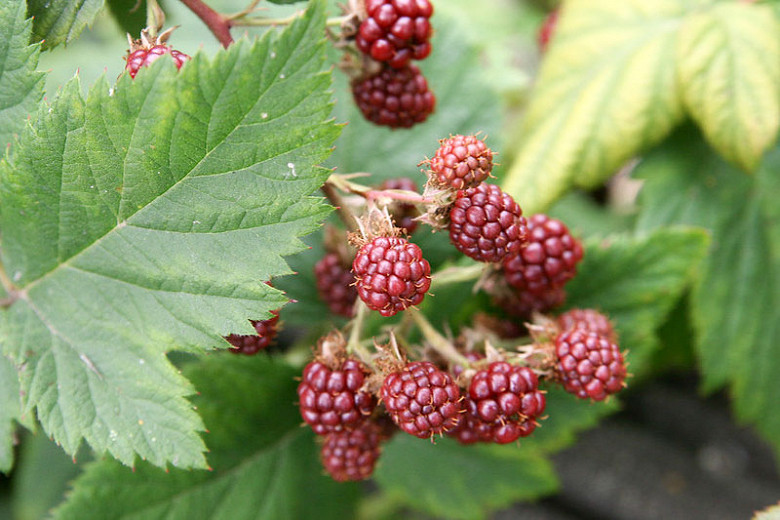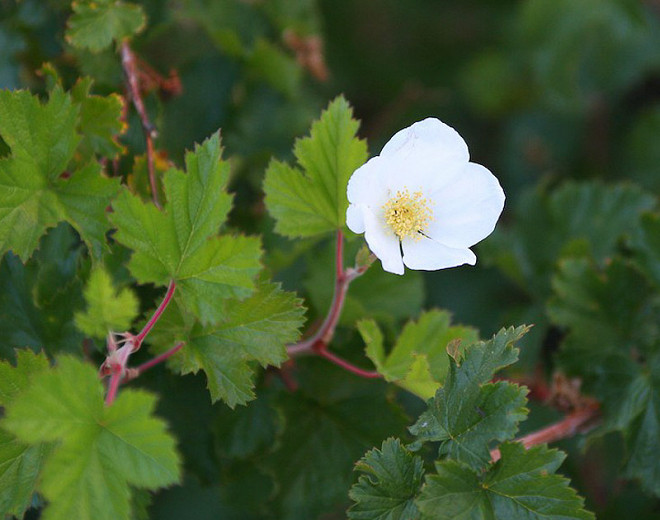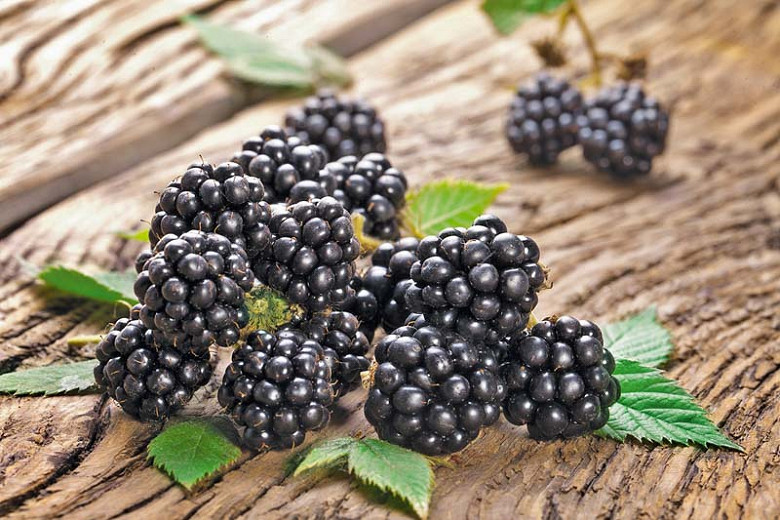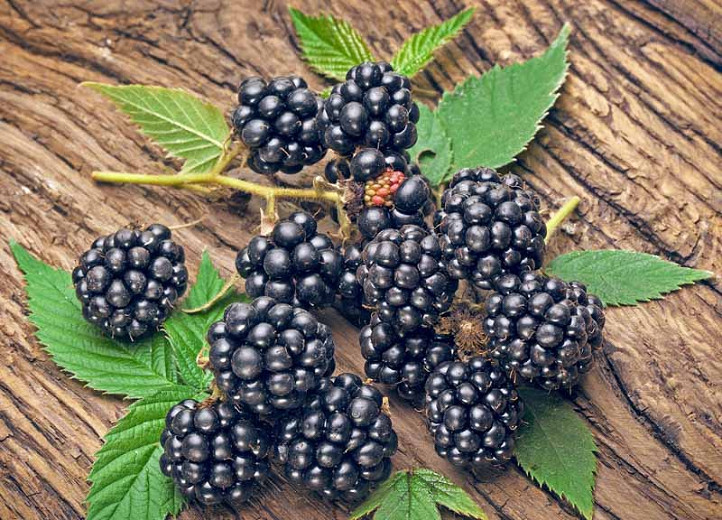Rubus idaeus Heritage (Everbearing Raspberry)
Among the most widely grown cultivars worldwide, Rubus idaeus ‘Heritage’ (Everbearing Raspberry) is an upright, self-fruitful, thorny shrub which produces 2 crops on each cane: a moderate crop in early summer followed by a heavy crop in the fall. Clusters of white, rose-like flowers give way to large, extra-sweet, juicy, dark red raspberries, which are great for canning, freezing or fresh eating.
Among the most widely grown cultivars worldwide, Rubus idaeus 'Heritage' (Everbearing Raspberry) is an upright, self-fruitful, thorny shrub which produces 2 crops on each cane: a moderate crop in early summer followed by a heavy crop in the fall. Clusters of white, rose-like flowers give way to large, extra-sweet, juicy, dark red raspberries, which are great for canning, freezing or fresh eating.
- Grows up to 5-6 ft. tall (150-180 cm) and 3-4 ft. wide (90-120 cm).
- A full sun to part shade lover, this plant is best grown in organically rich, slightly acidic, moist but well-drained soils. Raspberries dislike waterlogged soils and shallow chalky soils. For best results, plant in a sheltered, sunny position. They will tolerate light shade, but the yield is likely to be reduced.
- Raspberries are usually planted in rows and trained along a post and wire system. But, if you have a smaller garden, you can still grow raspberries, either in containers or trained up a single post
- Fall is the best time to plant raspberries.
- Prune in summer immediately after fruiting. Cut back the tips of everbearers that fruited last fall (top 1/3 of the canes) but leave the rest of cane for summer fruiting. Remove the canes completely after they have fruited over their entire length to encourage the production of new canes. Promptly remove excess new plants and suckers to control spread.
- In late winter, remove any canes damaged by winter and thin, as needed, the remaining canes.
- Can get aphids, glasshouse red spider mite, raspberry leaf and bud mite, leafhoppers and raspberry beetle. May be affected by powdery mildews, raspberry cane blight, raspberry rust, raspberry spur blight or raspberry viruses.
- Propagate from suckers.
Requirements
| Hardiness | 4 – 8 |
|---|---|
| Plant Type | Fruit, Shrubs |
| Plant Family | Rubus – Brambles |
| Exposure | Full Sun, Partial Sun |
| Season of Interest | Summer (Early,Late)Fall |
| Height | 5' – 6' (150cm – 180cm) |
| Spread | 3' – 4' (90cm – 120cm) |
| Spacing | 30″ – 36″ (75cm – 90cm) |
| Water Needs | Average |
| Maintenance | Average |
| Soil Type | Loam, Sand |
| Soil pH | Acid, Neutral |
| Soil Drainage | Moist but Well-Drained, Well-Drained |
| Characteristics | Showy, Fruit & Berries |
| Attracts | Birds, Butterflies |
